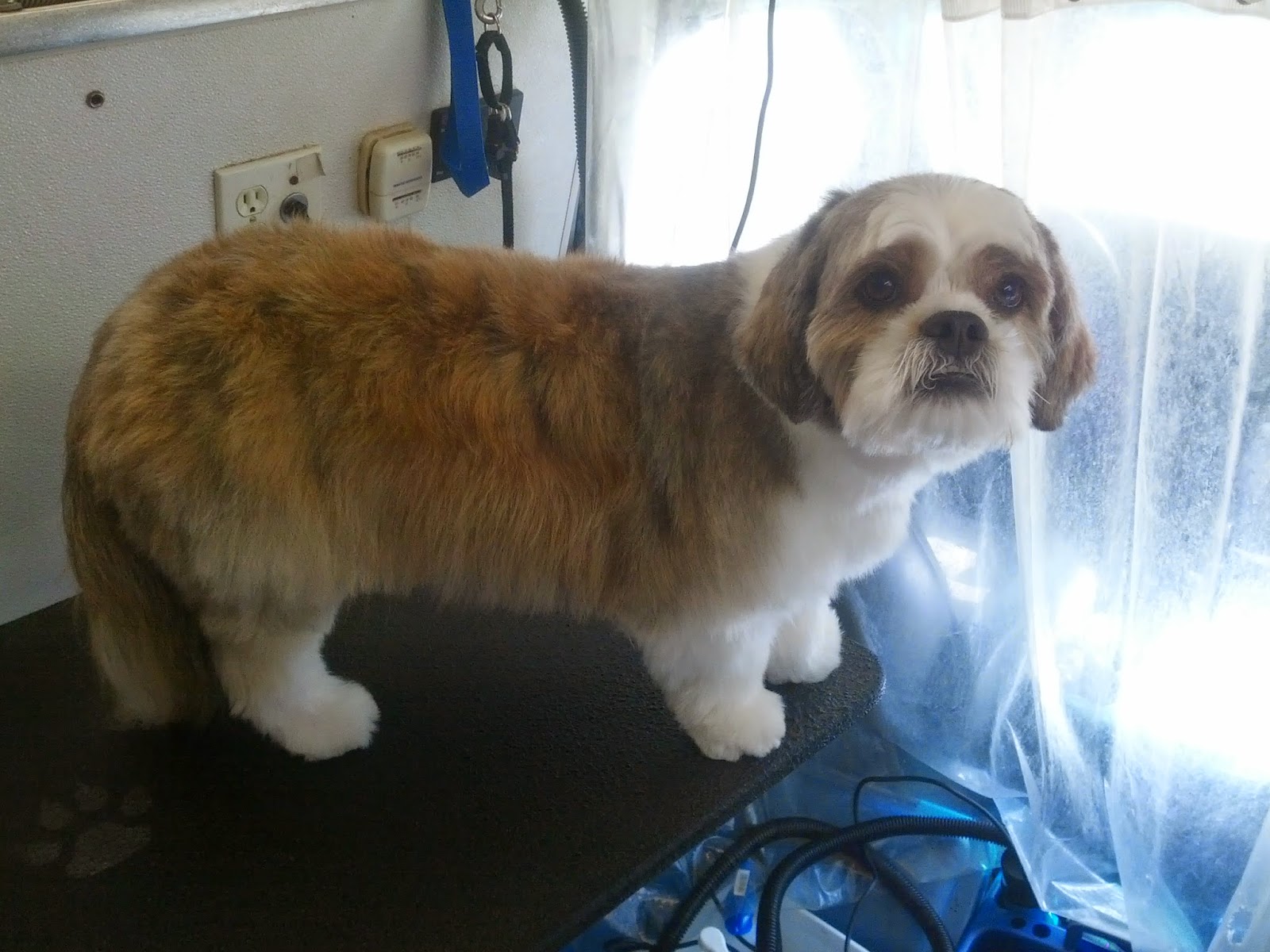Our Irish Terrier, Woogie, often has nights of anxiety that keeps us awake as well. In the middle of the night he will jump up on the bed and then down, over and over. Or scratch at the door. Or sit on my husband's arm or head. Lately, he's been itchy and his scratching wakes me up. We end up getting dressed and take him for a walk.
Some dogs (Woogie as well) become anxious during thunderstorms or fireworks. Some have trouble accepting a change of surroundings from a move, or a new member in the family.
What are we to do?
There are Thundershirts that are helpful to some dogs by providing a comforting wrap. (Didn't work for Woogie).
There are soft chewy pills, Pet-EZE, that provide natural herbs such as Chamomile, Dried Hops and Ginger Root Extract. (They sometimes work for Woogie)
If fleas are the problem, see a vet. (Woogie had to be double dosed this month for fleas) Give them a bath with medicated oatmeal shampoo and an aloe conditioner, or have your groomer do that.
Some pets sleep better in a crate. (Not Woogie; he's never been crated)
When more help is needed, see you vet for an Alprazolam 0.25 mg pill (Xanax) for anxiety and panic disorders. There are side effects and your dog may become addicted, so be careful of overuse.












